Bold and beautiful: Gustav Klimt inspires Turnbull & Asser
The painter's colourful and rebellious works and character are a perfect fit for the clothier's new collection, says Michael Prodger

According to Gustav Klimt, "all art is erotic". As a man and a painter, Klimt was highly attuned to the sensual and found eroticism everywhere: in women, both as subjects and as lovers (he had many); in nature – the beech trees and water of the Attersee lake in upper Austria; and in clothes, where he relished pattern, line and colour (gold especially). Few artists were less interested in the everyday than Klimt.
The painter's obsession with clothes has now come full circle as Turnbull & Asser has taken his work as inspiration for a smoking jacket and tie in its new The Artist and The Architect collection. The London clothier has always used colour and pattern in bold and original ways; the Klimt-inspired smoking jacket continues this elegant tradition. It is an elegant mosaic of scarlet, mustard, rusty orange and dark navy that is reminiscent of the artist's most famous works, including The Kiss and his paintings of Adele Bloch-Bauer, a society hostess he painted twice as a wan creature, a Byzantine icon, a face atop a glittering swirl of gold, a mixture of the real and the abstract. It is unclear what attracted him more – the flesh-and-blood figure of Adele and other women or the luxury of their clothes and surroundings.
In fact much of Klimt's work was concerned with the flexuous, erotic, and cherished images of women. The painter was a contemporary of Sigmund Freud, a fellow resident of Vienna, and his paintings of women are full of the unconscious – femmes fatales, yearning and worship. Klimt himself was a supplicant: he liked to wander around in a full-length smock, beneath which he was naked, and his fascination with women was insatiable – on his deathbed, he was facing no fewer than 14 paternity suits.
The Week
Escape your echo chamber. Get the facts behind the news, plus analysis from multiple perspectives.

Sign up for The Week's Free Newsletters
From our morning news briefing to a weekly Good News Newsletter, get the best of The Week delivered directly to your inbox.
From our morning news briefing to a weekly Good News Newsletter, get the best of The Week delivered directly to your inbox.
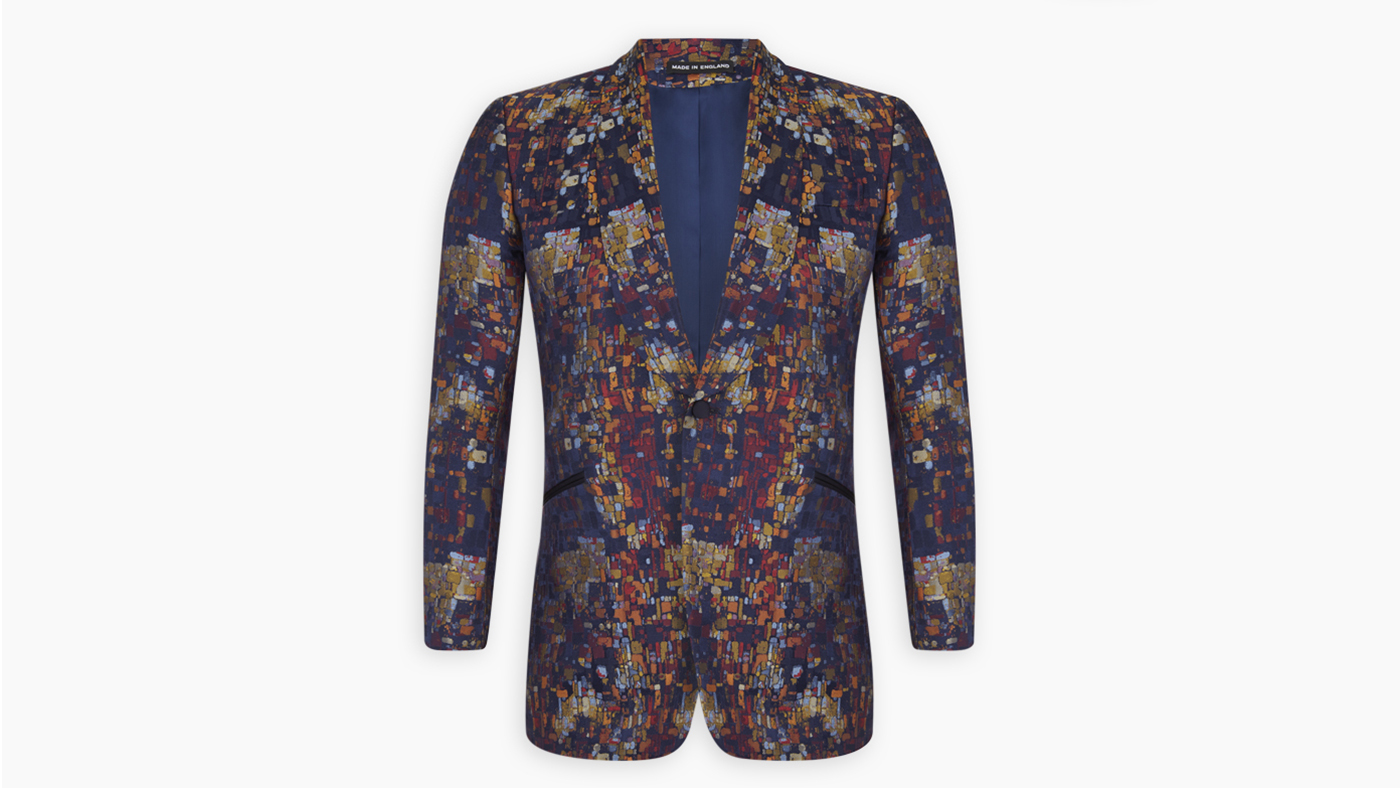
Klimt started his career as a conservative painter of murals in late 19th-century Vienna, and soon became a figurehead for the city's avant-garde. His paintings have an Art Nouveau sinuousness to them, which didn't always go down well. In 1894, he was commissioned to paint figures representing Philosophy, Medicine and Jurisprudence for the University of Vienna, but when unveiled, they were condemned as pornographic.
Since he couldn't help himself, he stopped trying to hold back. He gave up public commissions largely to paint portraits of the women who were fascinated by him, in turn. And among them was the Bloch-Bauer, whose portraits are among the 30 most expensive pictures ever sold (at $135m and $88m).
With The Artist and The Architect collection, Turnbull & Asser has started a campaign against the mundane and for this, Klimt is the perfect inspirational figure. The painter's way of finding pattern in everything and showing textiles as though they were made of mosaic works perfectly for such items as smoking jackets and ties. There was also nothing of the mundane about the artist, or his work.
A free daily email with the biggest news stories of the day – and the best features from TheWeek.com
MICHAEL PRODGER is a former Sunday Telegraph literary editor and now writes about art and culture for The Guardian and New Statesman
-
 How to financially prepare for divorce
How to financially prepare for divorceThe Explainer Facing ‘irreconcilable differences’ does not have to be financially devastating
-
 Why it’s important to shop around for a mortgage and what to look for
Why it’s important to shop around for a mortgage and what to look forThe Explainer You can save big by comparing different mortgage offers
-
 4 ways to save on rising health care costs
4 ways to save on rising health care costsThe Explainer Health care expenses are part of an overall increase in the cost of living for Americans
-
 Frank Gehry: the architect who made buildings flow like water
Frank Gehry: the architect who made buildings flow like waterFeature The revered building master died at the age of 96
-
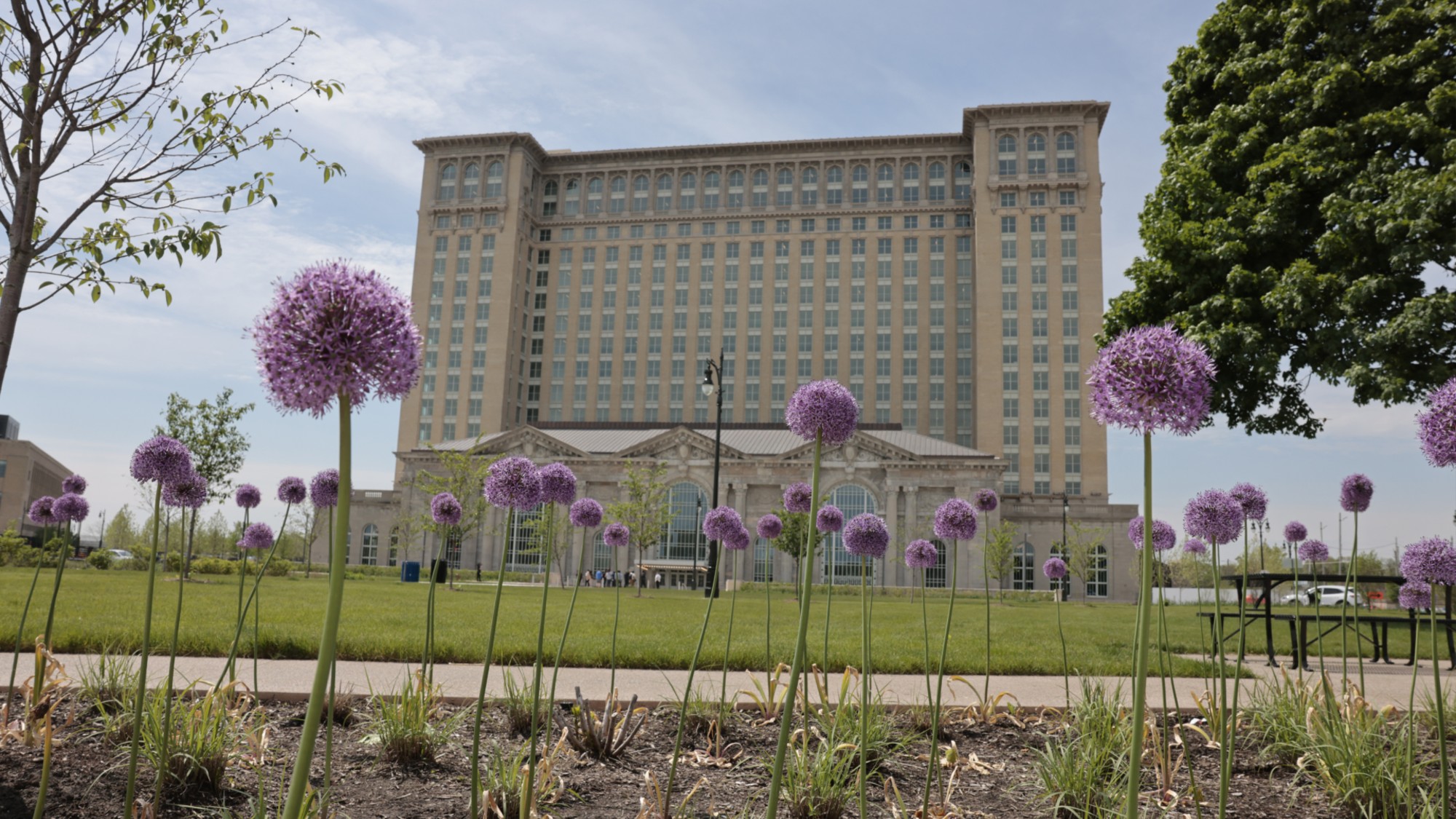 Decrepit train stations across the US are being revitalized
Decrepit train stations across the US are being revitalizedUnder the Radar These buildings function as hotels, restaurants and even museums
-
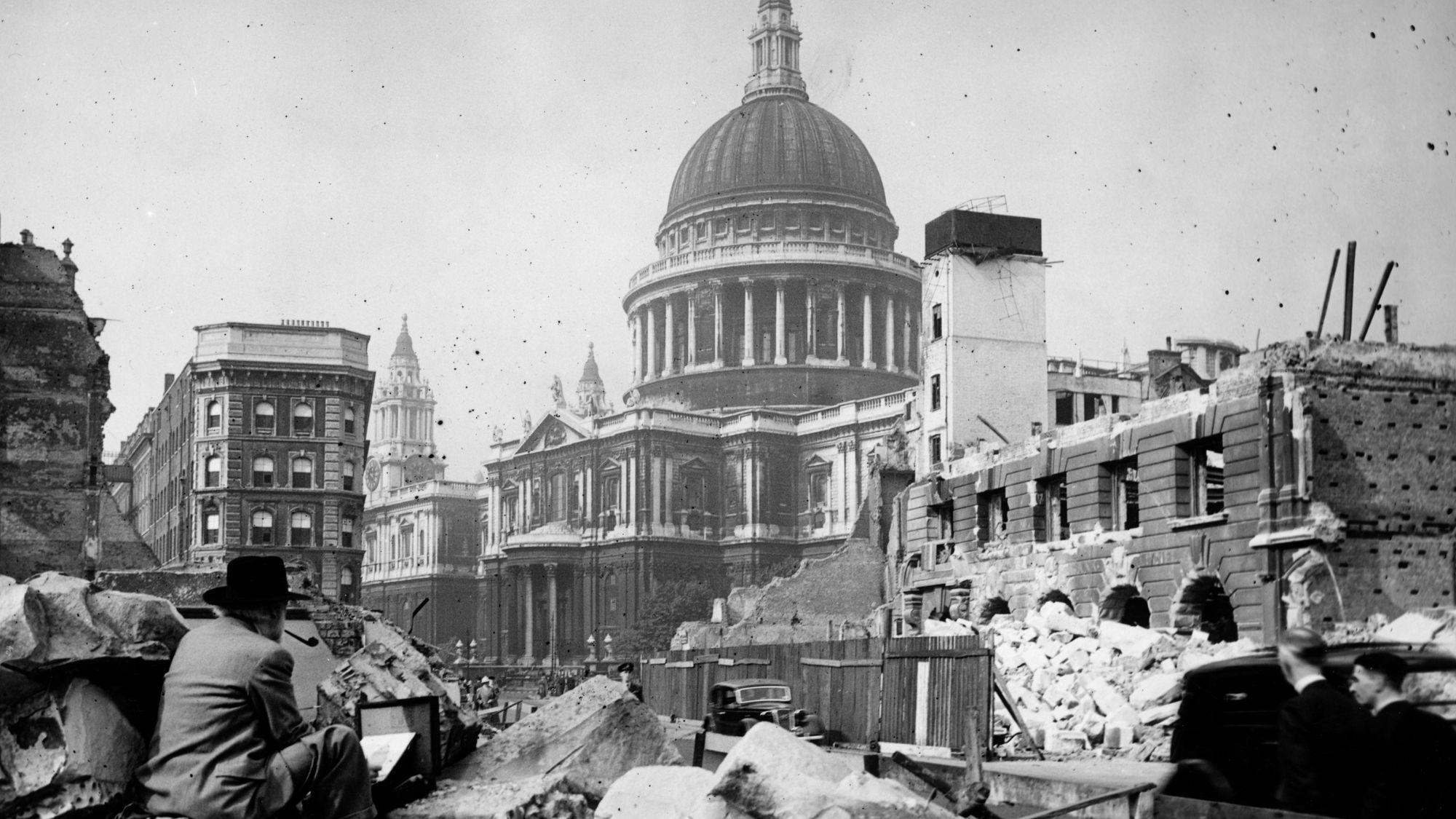 A Short History of British Architecture: Simon Jenkins' book 'gallops along'
A Short History of British Architecture: Simon Jenkins' book 'gallops along'The Week Recommends Simon Jenkins makes history come to life while describing his own interactions with architecture
-
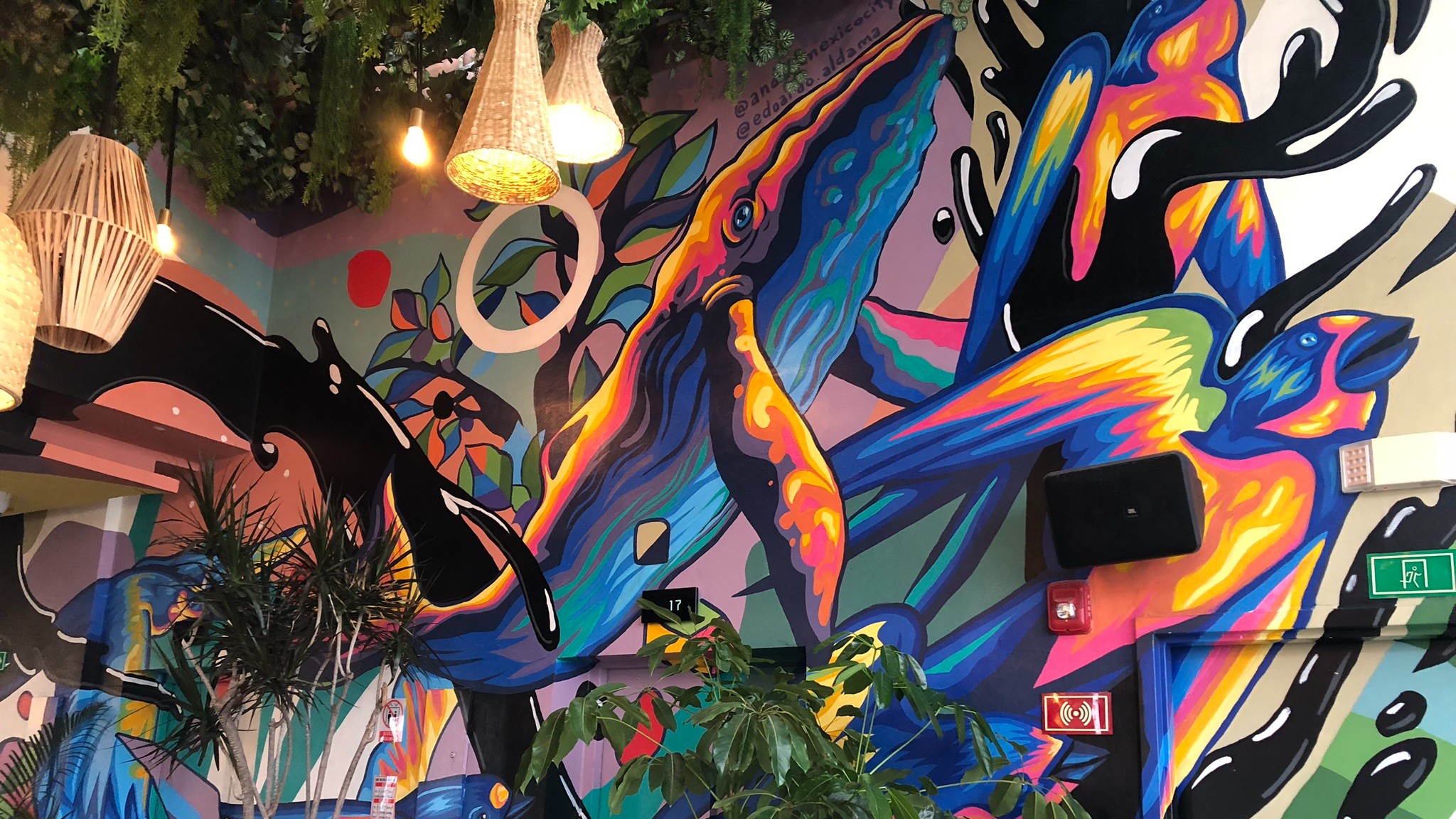 Mexico City travel guide: art and design
Mexico City travel guide: art and designThe Week Recommends Modern vibrancy, design legacy and ancient heritage puts Mexico's jewel alongside other art capitals of the world
-
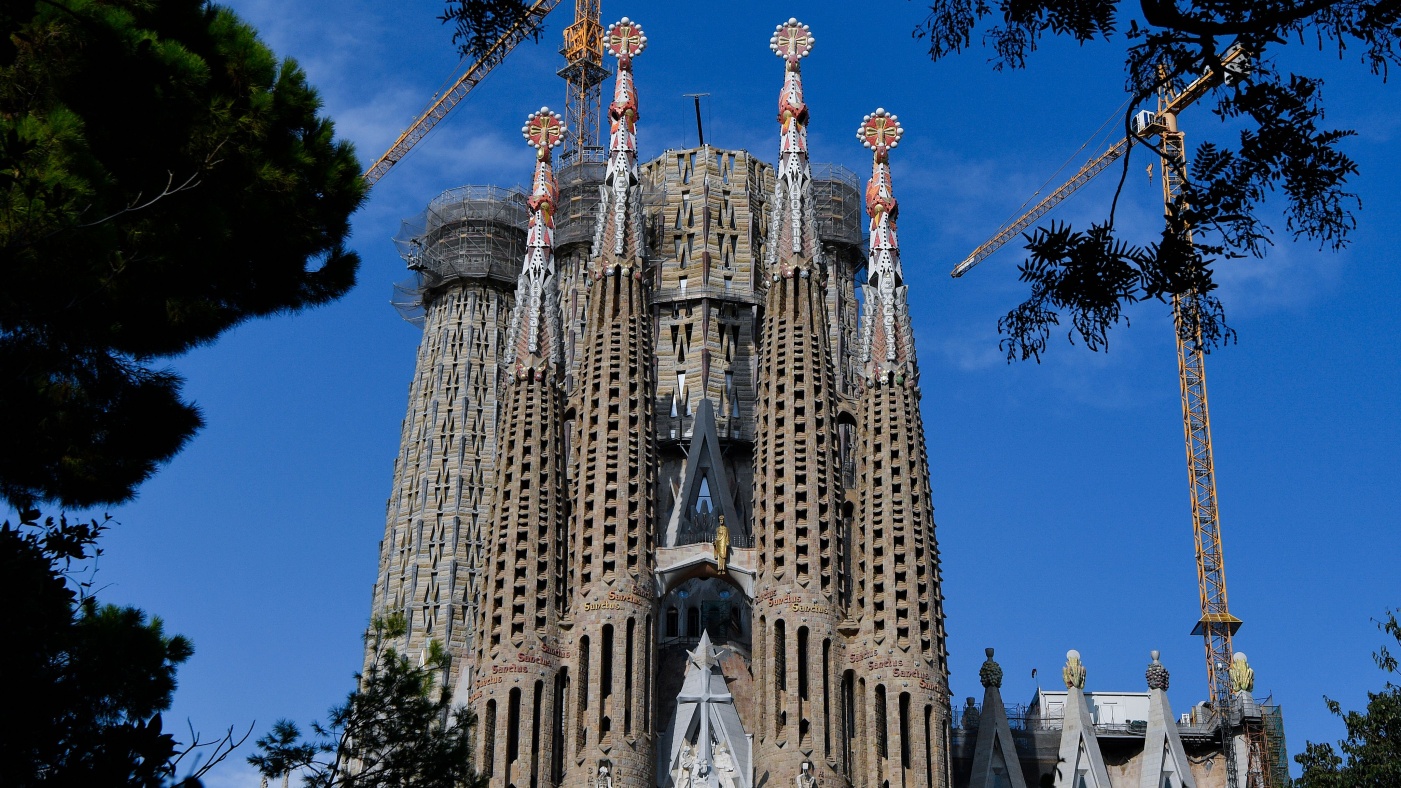 The building of Barcelona's Sagrada Familia
The building of Barcelona's Sagrada FamiliaIn Pictures The iconic Barcelona cathedral is nearing completion after over 140 years of construction
-
 The history of an icon: The Gant shirt
The history of an icon: The Gant shirtIn Depth Built from one Ukrainian immigrant’s American dream, these shirtmakers soon became pioneers in fit, form, function and print
-
 Green giant: Bloomberg's groundbreaking HQ
Green giant: Bloomberg's groundbreaking HQSpeed Read The company's new City of London premises is a feat of painstaking historical preservation and new levels of sustainability
-
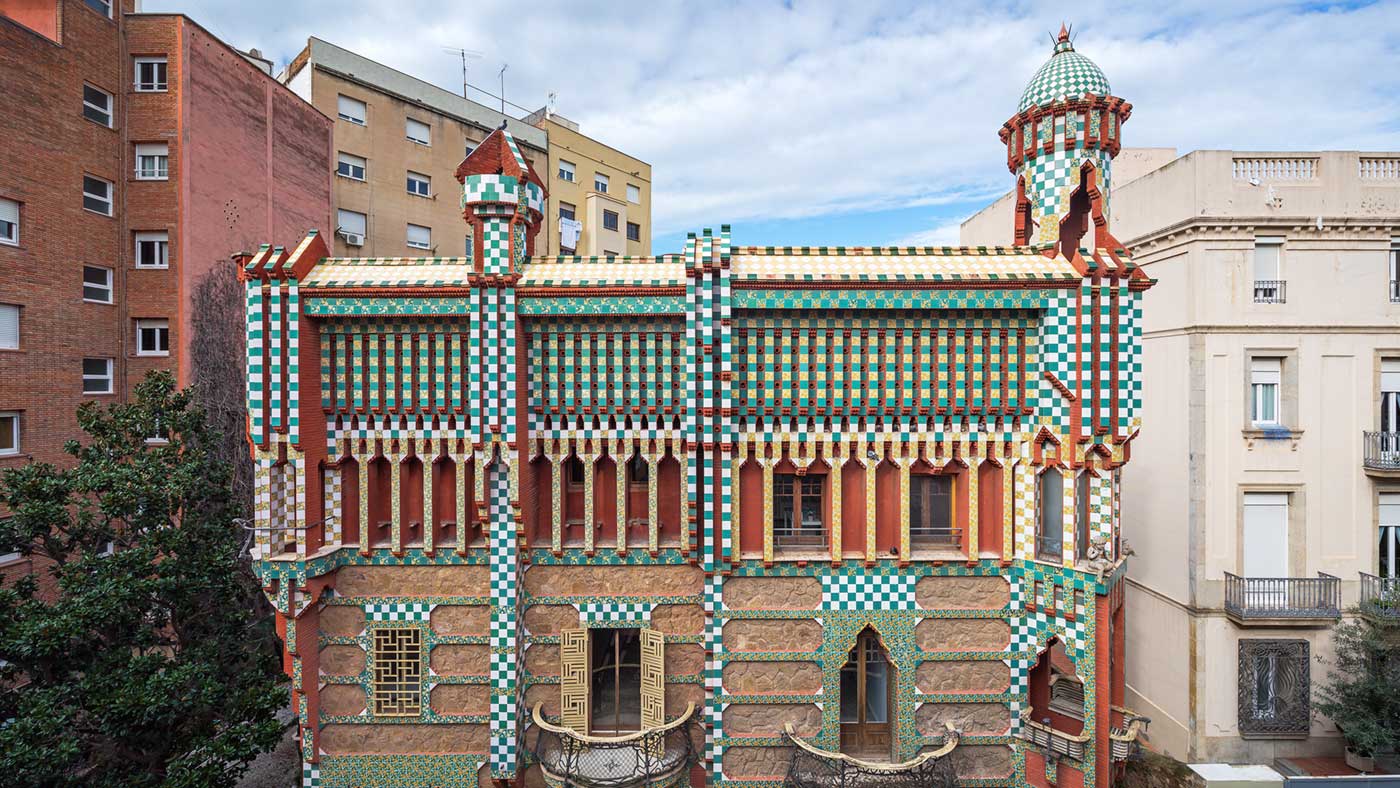 Antoni Gaudi: Casa Vicens
Antoni Gaudi: Casa VicensSpeed Read As the architect's first house opens its doors to the public, we explore some of his most famous and spectacular creations